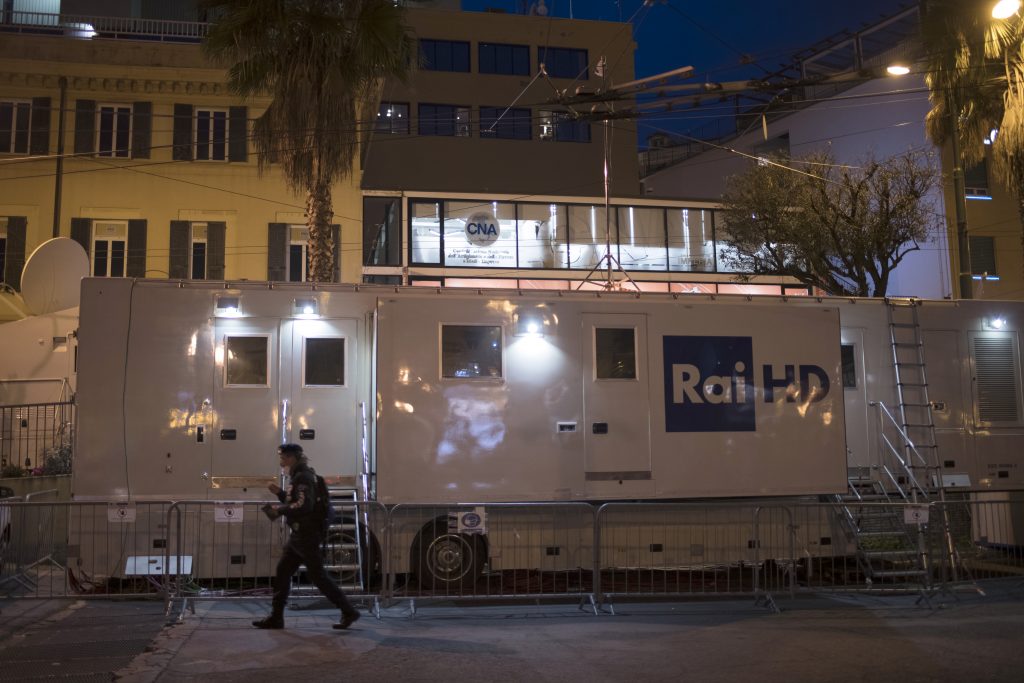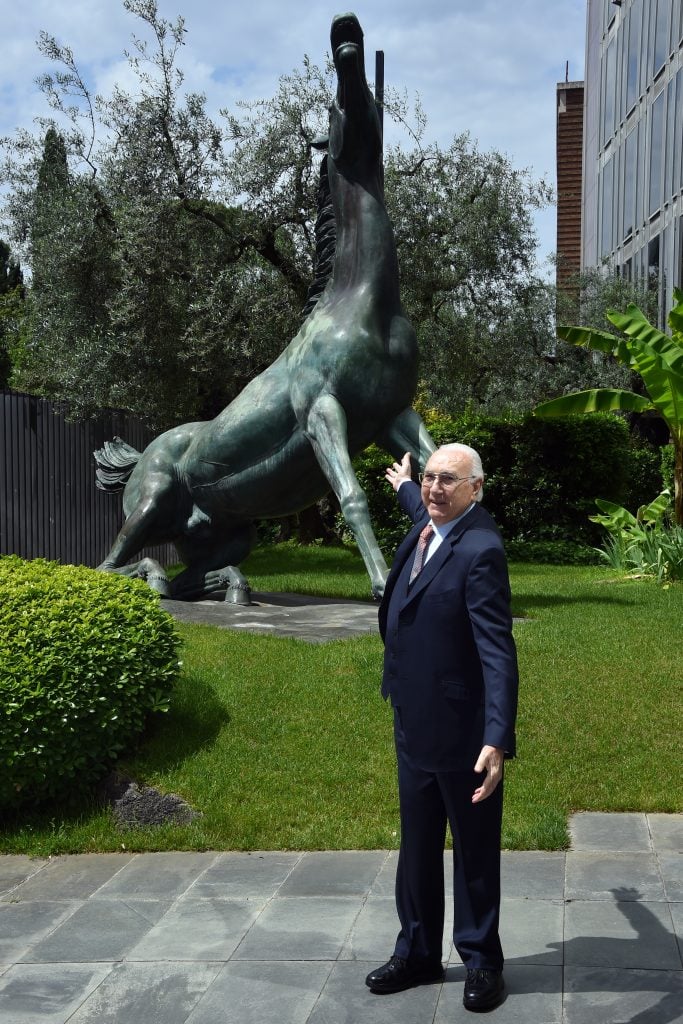Crime
Police Accuse ‘Disloyal Employees’ of Stealing $30 Million Worth of Art From the Italian Broadcast Company Rai
The trove, pilfered over the course of several decades, includes works by Monet and Modigliani.

The trove, pilfered over the course of several decades, includes works by Monet and Modigliani.

Caroline Goldstein

The Italian press has dubbed it the “sack of Rai.”
Investigators believe disgruntled former staff members stole a trove of artworks worth an estimated $30 million from the Italian public broadcasting company Rai over a period of decades. The thefts stretch back to the 1970s, but were only uncovered this year, according to the Guardian.
The haul includes some 120 artworks, including original paintings by Italian painter Renato Guttuso and etchings by Claude Monet and Amedeo Modigliani. (Who is going to option this story? It’s art-heist film gold!)
The scheme came to light in March when a painting hanging in Rai’s offices—Architettura by Italian artist Ottone Rosai—fell off the wall. Upon inspection, authorities discovered that the work was in fact not the original, but a near-perfect copy. (A similar painting fetched 28.75 million lira, or $18,551, at auction in 1994, according to Artnet’s Price Database.)
The discovery prompted the company to cross-check its catalogue for missing works, most of which were acquired in the 1960s and 1970s. It turned out that 120 pieces were unaccounted for.
Rai promptly reported the theft to Italy’s Carabinieri Art Squad. A representative for the squad did not immediately respond to Artnet News’s request for comment.

Italian conductor Pippo Baudo at the Rai office in Viale Mazzini with the “Dying Horse” sculpture in the background. (Photo by Massimo Insabato/Archivio Massimo Insabato/Mondadori via Getty Images)
The Rome-based daily newspaper Il Messaggero reports that the works had been hanging without alarms or security systems along the corridors of Rai’s buildings—and it appears that a variety of former employees took advantage.
Authorities homed in on one former staffer for the theft of Architettura; the person admitted to selling the hot painting for around 25 million lira in the 1970s. He will not face charges since the theft falls outside of Italy’s 10-year statute of limitations for such claims.
More works appear to have disappeared in the late ’90s, after the broadcaster held an exhibition of its 1,500-piece art collection in Puglia in 1996. Having been alerted to the value of the objects, “disloyal” employees pilfered the works back at the company’s offices, police claim.
Works in the collection include Giorgio de Chirico’s Vita nei Campi; Giovanni Stradone’s Il Colosseo, Francesco Menzio’s Porto di Genova; an etching of Paysage de Verneuil by Monet; and an etching of Hampton Court by Alfred Sisley.
In 1966, Rai commissioned Francesco Messina to create a sculpture for the entrance of its office building in Rome titled Cavallo morenta (Dying Horse), which later became the broadcaster’s logo. Miniature gold and bronze replicas of the work are also among the missing trove.
The Italian broadcaster, which receives around $140 in annual license fees from each Italian household, was embroiled in another scandal last month, when it was publicly criticized for airing old shows featuring actors wearing blackface when impersonating celebrities including Beyoncé and the Tunisian Italian rapper Ghali.
The activist group CambieRAI (“cambie” translates to “change” in English) staged protests against the broadcaster’s promotion of such racist depictions and urged the company to introduce a diversity and inclusion advisory council. Instead, Rai’s director for social causes stated that the company would make a formal commitment to “inform all of our editors and ask they they don’t use blackface anymore.”